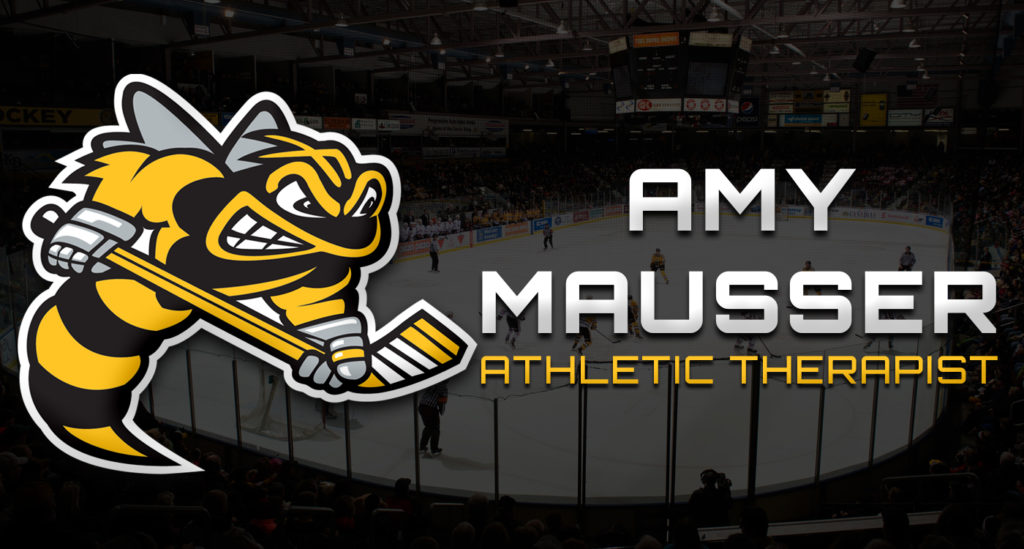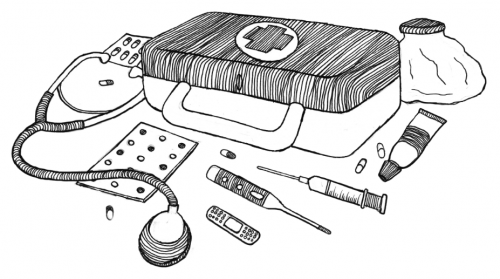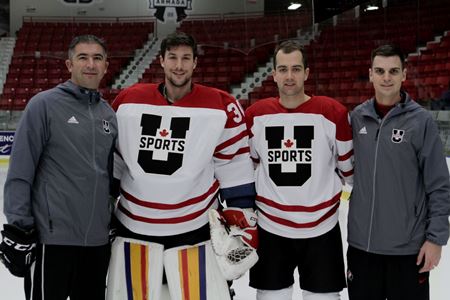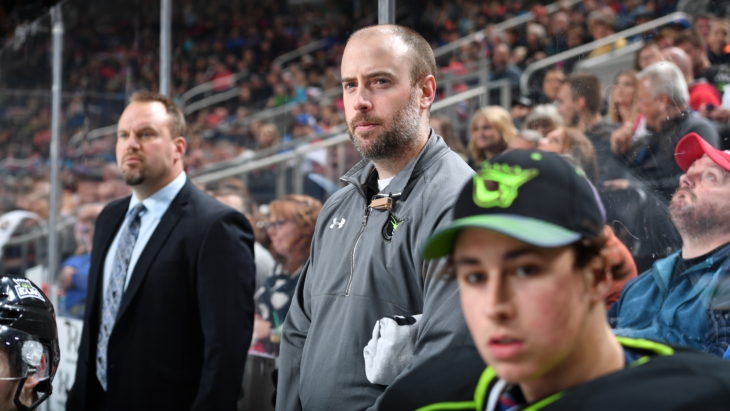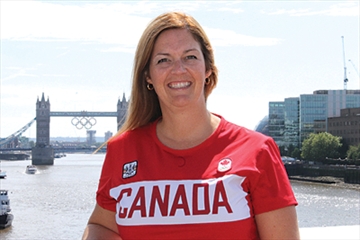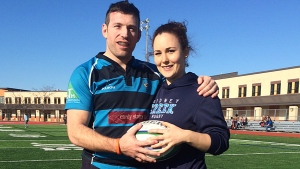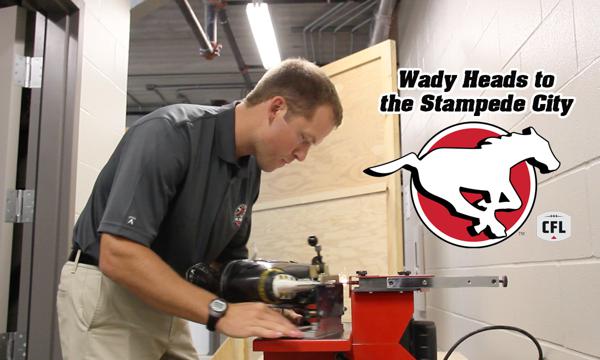
Article reposted from Westman Journal
Author: Chris L. Istace
Steve Dzubinski says if you enjoy your profession and your employer gives you the freedom to do it the way you see fit, there’s a good chance you’d also spend 42 years at one job just like he did.
“Brandon University has had a high degree of tolerance and a short memory for me,” Dzubinski lightheartedly said during a conversation with the Westman Journal recently. “They’ve always left me do what I do and I enjoy what I’m doing. It’s rare you get that kind of support from an employer, so I owe them a great deal of thanks.”
Dzubinski, the head athletic therapist at the Sports Medicine Centre and a teacher in the Department of Physical Education at BU, will be retiring at the end of July. The decision will end a career that began in 1975, took him all over the world and ultimately placed him among the elite of his profession.
“It’s time. After 42 years, I feel like I’m ready to move on. My wife has been retired for a number of years now, and I’m looking forward to spending more time together and doing things with her. Plus, having Friday and Saturday nights off will be a real bonus,” he said, referring to his weekly work as a sideline therapist at BU varsity games.
Dzubinski and his wife both love to travel and have been on several cycling tours in Europe the past five summers. He says being retired will also allow for warm vacations in the winter.
He earned a bachelor of physical education degree from the University of Manitoba in 1973, and during his second year at the U of M, professor Gordon Mackie was looking for students to help with the medical, rehabilitative and training needs of their varsity sports teams. Mackie, a founding member of the Canadian Athletic Therapy Association, became Dzubinski’s mentor, which motivated him to follow his career path.
“This all kind of happened by accident, “ Dzubinski said about becoming an athletic therapist. “Gord was a wonderful human being. By going to a meeting (with Mackie), I got an opportunity to work with one of the varsity teams and in my final year, I got the same opportunity. I had a wonderful experience with Gord and that opened my eyes to athletic therapy as a possibility for a career.”
Not long after that experience, Dzubinski found an article in the Winnipeg Tribune announcing that Sheridan College was starting a sports training and management program and decided to apply.
“When I mentioned Gord’s name, it was like a key that fit into a lock. It went a long way towards my entry into the program,” he said. “I’m very fortunate to say I graduated from there and started a job within a few months.”
He signed an eight-month contract as an athletic therapist at Brandon University in both 1975 and 1976 before going full-time in 1977. He ultimately became the head therapist.
Since that time, Dzubinski has travelled throughout Canada and the world as part of the university and Canadian national medical teams. He has worked a total of 15 provincial, national and international events including three Olympic Games. Locally, he’s been involved in pro rodeo events, figure skating competitions and curling bonspiels.
Dzubinski’s resume as an athletic therapist is long and impressive. In fact, he finds it hard to choose any one specific experience as a highlight of his career.
“There are so many things I’ve had the opportunity to do over my career, it’s impossible to say, ‘this one thing is the highlight’,” he said. “Working at Brandon University itself is a highlight. It’s been wonderful. Being a part of championship teams here is a highlight. Being selected to national and international games as part of the medical team is a highlight. All these things are on a pretty even plane for me.”
What he can do is describe the rewards of his profession. He has always found it fascinating to have an athlete come to him with an injury where he could assess and determine what the problem was and then provide the necessary treatment to rehabilitate them. He also was keen on determining how a muscle imbalance can throw off an athlete’s technique and correct it to improve their capacity to play with less pain.
The interest in rehabilitating and improving athletic performance has sustained his ability to hold one job for more than four decades at a time when some people make wholesale changes in careers seemingly on a whim.
“The people of my era embraced things professionally and held them close to their hearts. Maybe it’s just a personal quirk, but there’s an element of dedication we have where once you’ve got something to work with, you carried on with it,” he said.
“I have been asked on several occasions why I didn’t work with a professional team and my question back is always, ‘Why?’ Not to denigrate pro teams, but the demands at that level throughout the year are exceedingly high. Here, I have had a wonderful balance with a seven-month season, practice during the week and games on the weekends – and I rarely have to travel. It’s made for a wonderful experience.”
Dzubinski’s dedication to athletic therapy has paid off with respect and honour from the highest levels of the profession. In 2015, he was inducted into the Canadian Athletic Therapy Association’s hall of fame.
Although his career is coming to an end and he has intentions on travelling, Brandon will still be home for Dzubinski and his wife.
“We’ve been here for a long time and both of us think Brandon is a great place to live,” he added. “We’ve been a part of this city’s growth for the past 40 years, so we intend on staying.”
– See more at: http://www.westmanjournal.com/news/local-news/after-42-years-it-s-time-to-move-on-1.9715407#sthash.7ecoE0zV.dpuf
